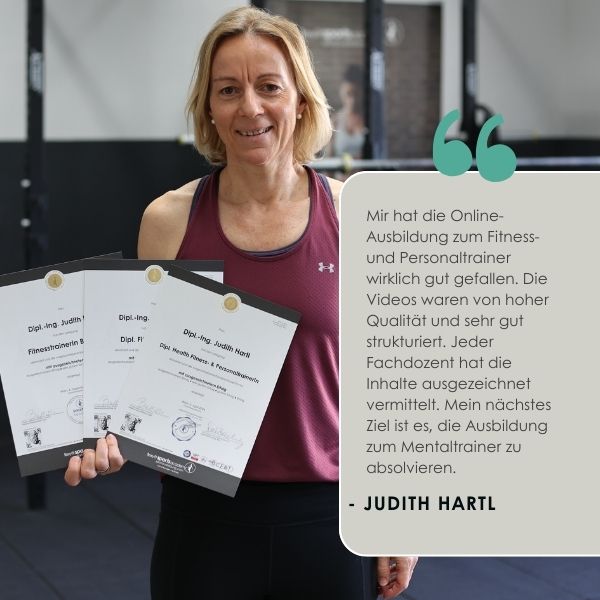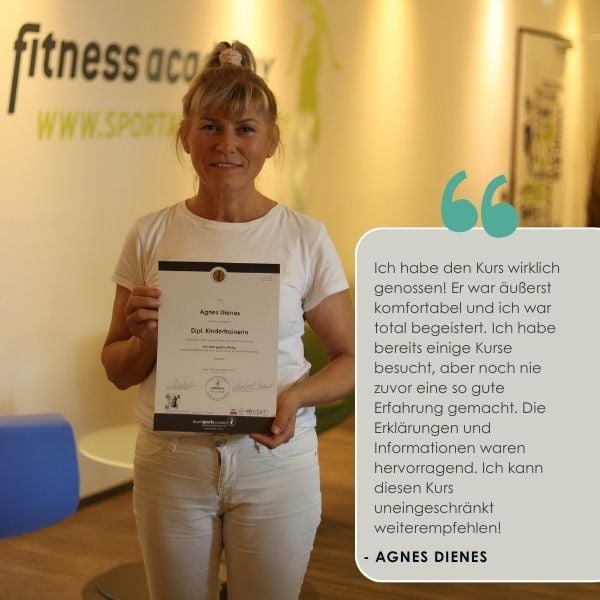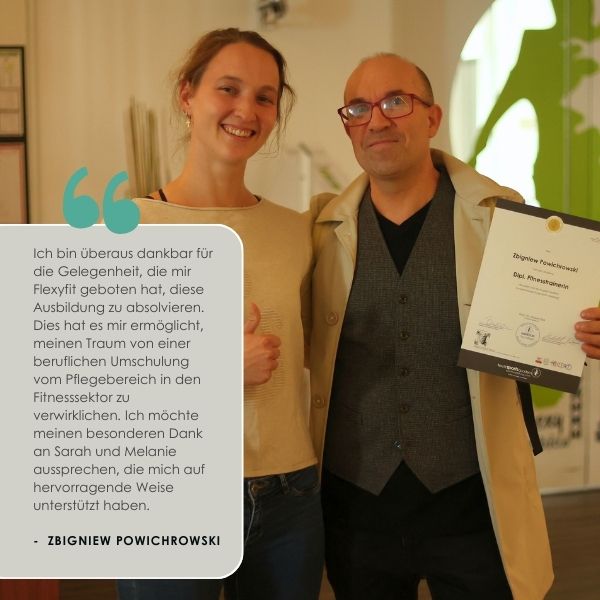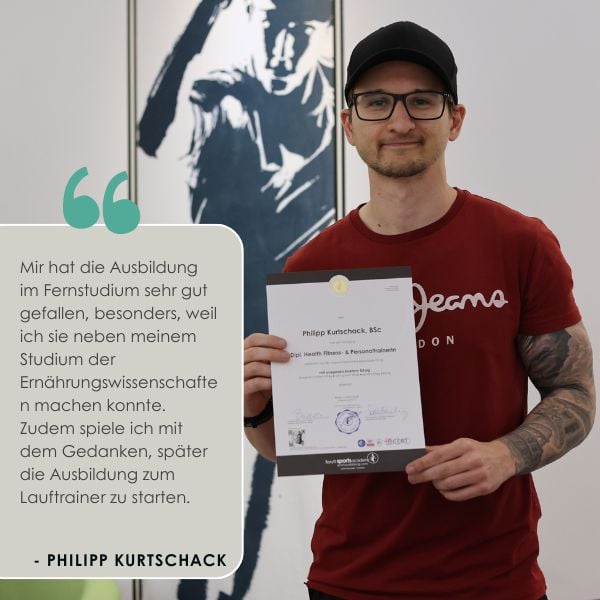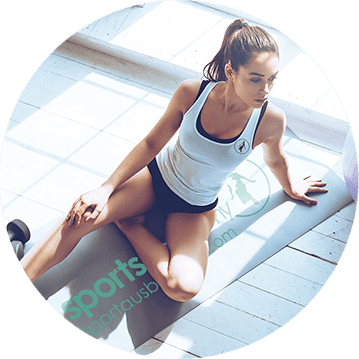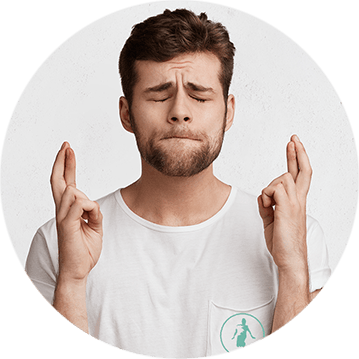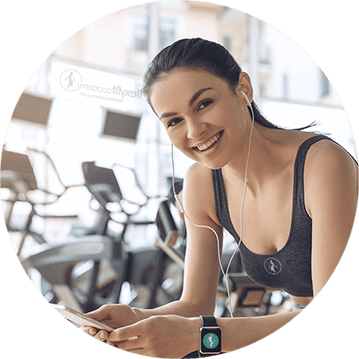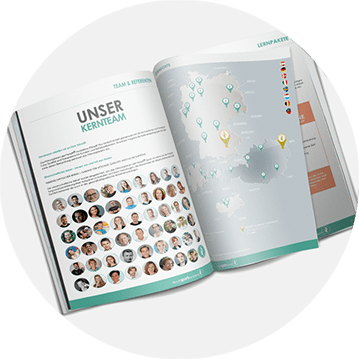In the subject
Tips and Motivation from Running Specialists,
various smaller topics are covered that are important in the world of running
but play a subordinate role in other subjects.
These include
hydration during training and competition, the danger of
chronic
energy deficiency, and
carbohydrate intake during training and competition. In addition,
we will address training in extreme weather conditions such as
heat or cold.
Our running specialists have some
tips and motivations for you as you prepare for your next race.
Other topics covered in the subject:
.
Fatigue in Sports
In sports and leisure activities, there are often
fatigue symptoms that reduce performance. It is important to know the
causes of fatigue in order to combat them effectively. We will explore the
causes of fatigue and the possibilities for treatment.
.
Equipment and Gear Choosing the right running shoes is crucial for
runners. They must fit well, be comfortable, and provide good cushioning. Which
shoe is right for me? This is a frequently asked question with no definitive answer.
It always depends on what type of runner you are and what kind of running you want to do.
We will discuss the different materials and equipment for running and find out which
ones are best suited for you.
.
Recovery Measures
Recovery measures are essential for long-term performance.
This applies to both recreational athletes and professionals. The
most important recovery measures are: massages, sauna, stretching, rest and
recovery, healthy nutrition.
.
Strength Training for Runners Strength training is not only
for bodybuilders and people who focus on muscle size. Many runners
mistakenly believe that running is the only thing they need to do to
stay in shape, but that is not the case. Strength training can help you
run faster and more effectively by improving your strength, endurance, and
flexibility.
Now you have already received a lot of
input from the subject Tips and Motivation from running specialists in the
Running Trainer Training . You will receive many
more tips directly in the training.
















































































